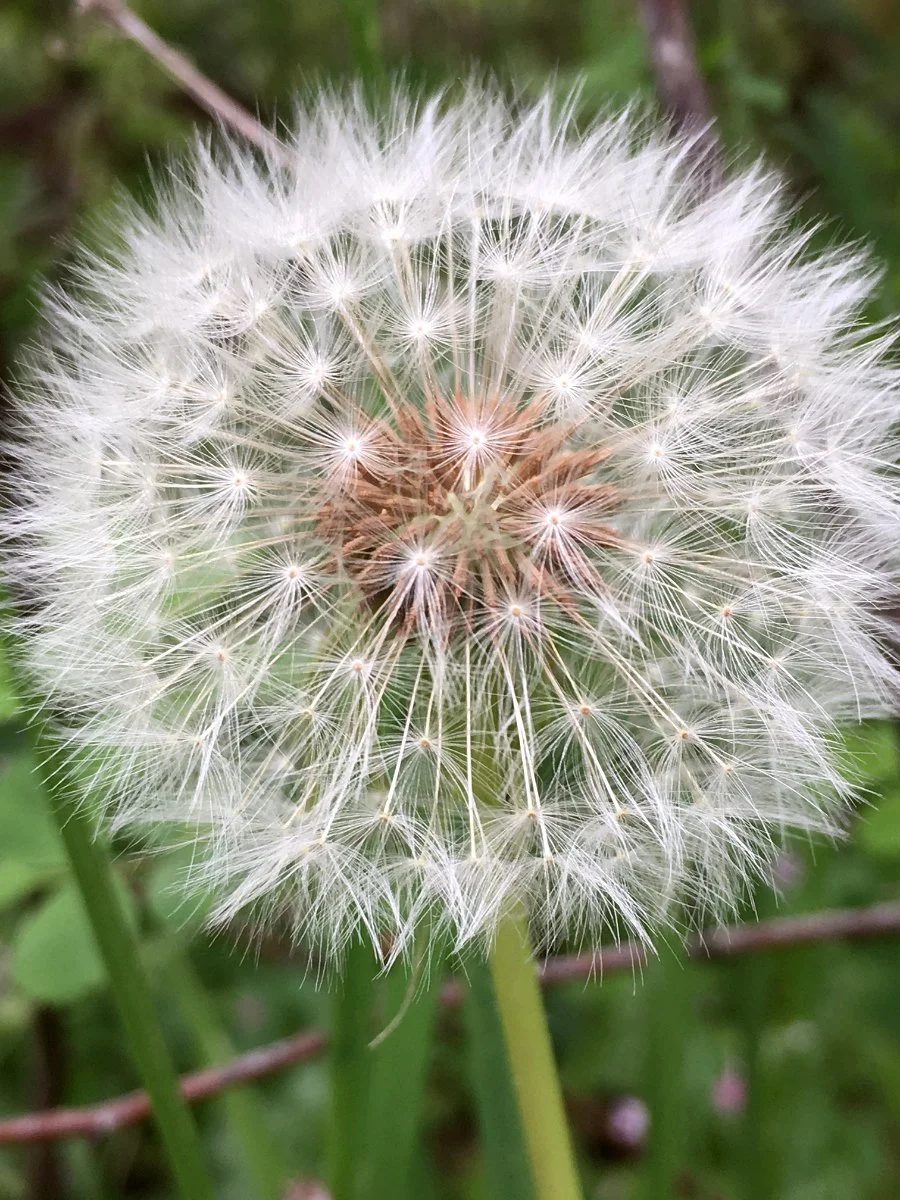I was walking around to get a better view of a white-breasted nuthatch nest site when I came across this snake sunning itself in this small depression. I was pleased that it allowed me to take a couple of photos and check it out. I have had brief encounters with this snake before as it slid off into the grass, but haven’t really got a good look at one. As the name Racer suggests, this snake is able to slither away at 3.5 miles per hour, which is a pretty fast walking speed.
Contrary to what its Latin name Coluber constrictor mormon suggests, this snake does not kill its prey with constriction. It is a non-venomous snake that captures its prey in its mouth or pins it to the ground and then swallows it alive. Its diet consists of a variety of animals such as small mammals, insects, lizards, snakes, and frogs.
When alarmed, racers will try to imitate rattlesnakes by vibrating their tail and rattling leaves. I read that they can be quite aggressive if approached and they feel threatened or if you try to pick one up. They will bite, defecate, and discharge foul-smelling musk in an attempt to be released.
I didn’t see that it had a yellow belly but read that the color can range from off-white to yellow. I like its nice brown, earth-tone color with a pale, sky-blue wash on its side.


































































